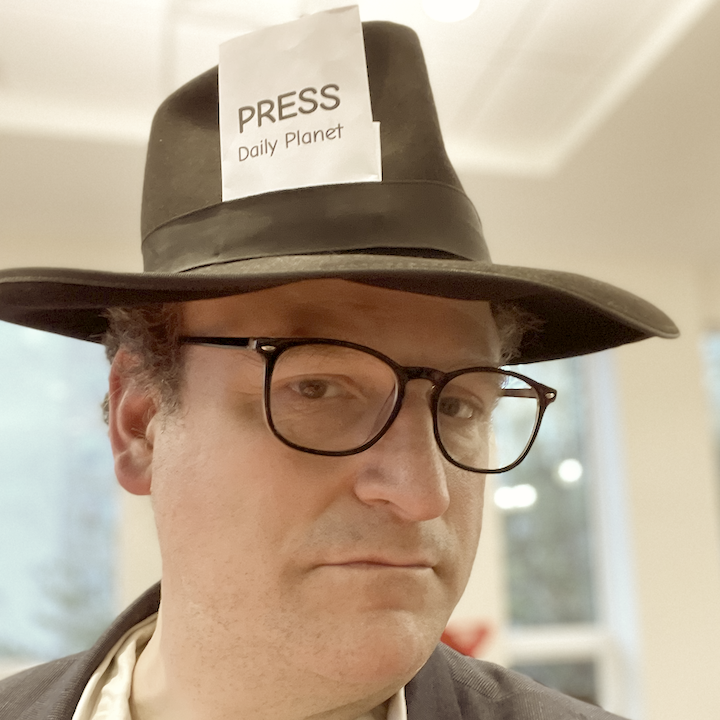imaginary family values presents
yesh omrim
a blog that reclines to the left

What is “an integral part of the operating system?”
25 March 2004
Kevin Drum, commenting on Brad deLong’s lament for the days of browser competition, asks the legal question that is central to all the hand-wringing about Microsoft’s “embrace and extend” strategy:
And yet … there’s a critical piece that’s missing here. It’s an argument Microsoft makes all the time, but that doesn’t necessarily make it wrong (although it’s surely tempting to think so): should judges be the ones to decide which components should be core pieces of an operating system and which ones shouldn’t?
There’s a minimalist view that an operating system should basically serve up files and not do much of anything else. Virtually no one holds that view anymore, though, and modern operating systems all include sophisticated UIs, loads of network functionality, drivers for a vast array of devices, email, backup utilities, etc. etc. etc. The list grows at a dizzying rate.
So: is it reasonable for a web browser to be a core part of an operating system? How about a media player? Both, after all, can be thought of merely as ways of controlling and viewing files, albeit rather sophisticated files served up via the internet.
I don’t really have a good answer for this, but it’s definitely a question worth taking seriously. Regulating general business practices (bundling, for example) is one thing, but directly regulating what can and cannot be part of an operating system is quite another. It’s a real headscratcher.
Mr. Drum, and anyone else wondering about this question, should read Professor Lee A. Hollar’s amicus brief in US v. Microsoft. A judge who is unfamiliar with how modern operating systems work might have a hard time figuring out when a combination of two programs really does give consumers a benefit that they wouldn’t get if the programs were sold separately, and when the antitrust defendant is just blowing smoke. (“See, if you delete this file, the whole system stops working. That proves that the browser is an integral part of the operating system. Can we all go home now?”) Hollar’s brief gives both the technical information and a proposed fact-finding procedure to help a court resolve this kind of question.
- Later: Shorter Thomas Friedman
- Earlier: Penitence 101